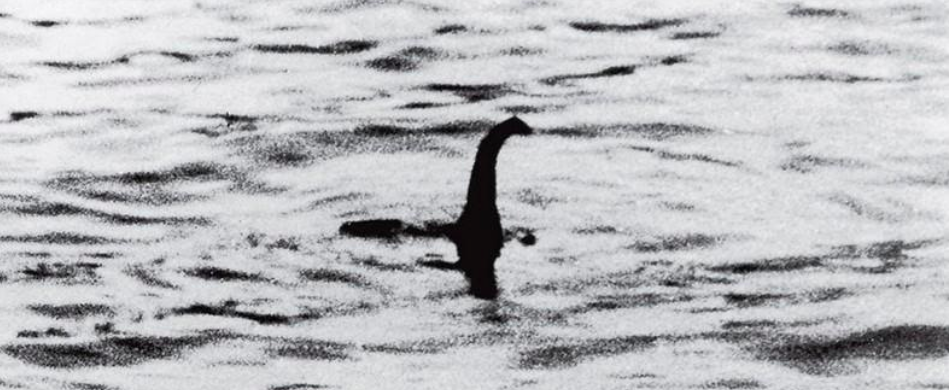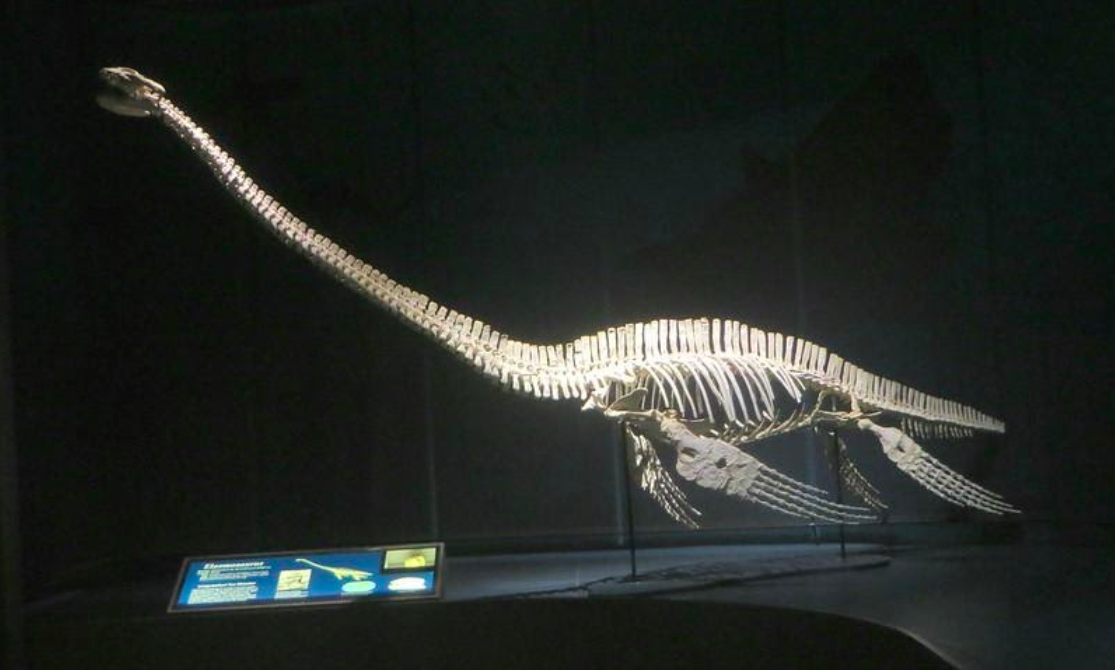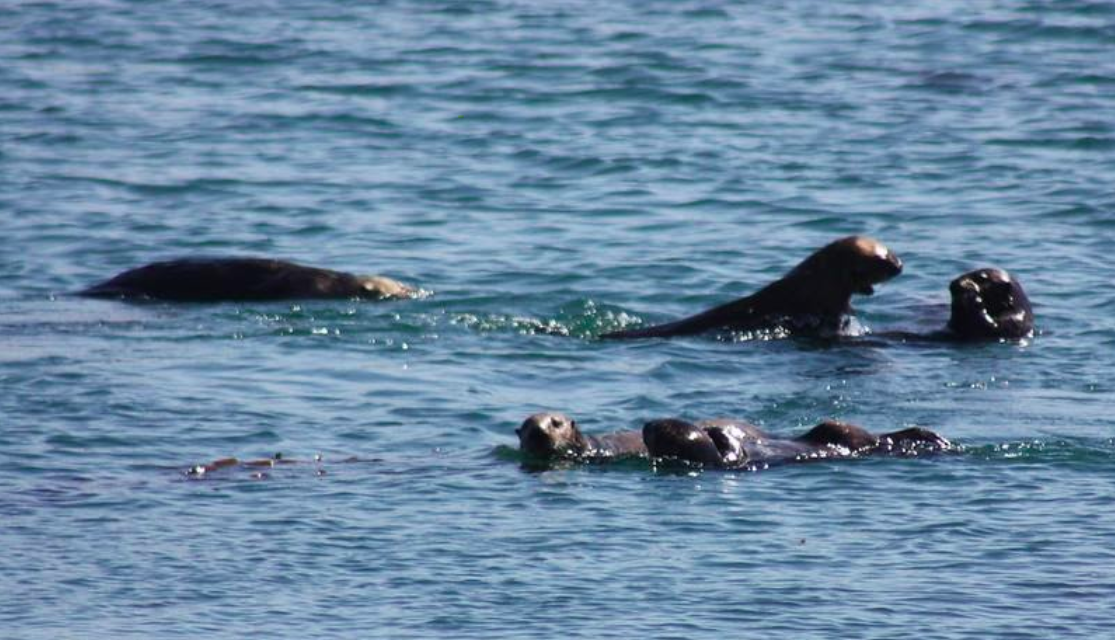Monsters in Scotland « J’espère que Cookie n’aura pas peur des fantômes, mais ça va ils sont déguisés. »
Hi Bea – and of course there is the Loch Ness Monster!
The first sighting of a monster in the Loch Ness area was recorded in 565AD. Saint Columba, an Irish monk, was travelling through Scotland when he came across a group of people burying a man near the River Ness. When he asked what had happened they claimed the man had tried to cross the river and was attacked by a monstrous water beast. Curious, Columba asked one of his followers to try swimming across the river. A monster approached him but Columba stepped forwards and, making the sign of the cross, said “Go no further. Do not touch the man. Go back at once.” The monster fled before him!
There are no more recorded sightings of the monster until the 1800s, but that isn’t to say the monster wasn’t seen. However, interest in the monster only really took off in the 1930s. In 1933, a local couple claimed to have seen the most extraordinary beast cross the road in front of their car and head into the loch. They described the beast as having a large body and a long, thin, wavy neck slightly thicker than an elephant’s trunk. They saw no limbs on the creature.
Copy of the Surgeon’s Photograph
Many sightings followed and in 1934 the famous ‘Surgeon’s Photograph’ was taken. The photo shows what appears to be a dinosaur-like creature and it sparked several theories about what the creature was, how it came to be in the loch, and it gave us the image of Nessie we know and love.
What is the Loch Ness Monster?
Plesiosaur Skeleton
The ‘Surgeon’s Photograph’ led many to speculate that Nessie is a surviving plesiosaur – an aquatic dinosaur thought to be extinct. However, since the loch froze solid during the past few ice ages, the possibility of a plesiosaur surviving in the loch is slim. For this reason, many agree that Nessie must actually be an archeocyte, an ancient type of whale with a serpentine neck.
Others have ruled out the presence of a creature at all, saying Nessie is nothing more than a ‘seiche’ – an oscillation in the loch’s surface caused by colder river water running into the warmer loch.
Otters in Loch Ness
Amongst the many explanations for the monster, is the general belief that sightings are simple misidentifications, either of other animals or of inanimate objects like driftwood. However, these theories have done nothing to dampen the legend of the Loch Ness Monster and, to this day, many come to the shores of Loch Ness in search of it. In fact, if you visit Loch Ness it’s quite likely that you’ll meet one of the fulltime monster hunters that live there!




Commentaires récents